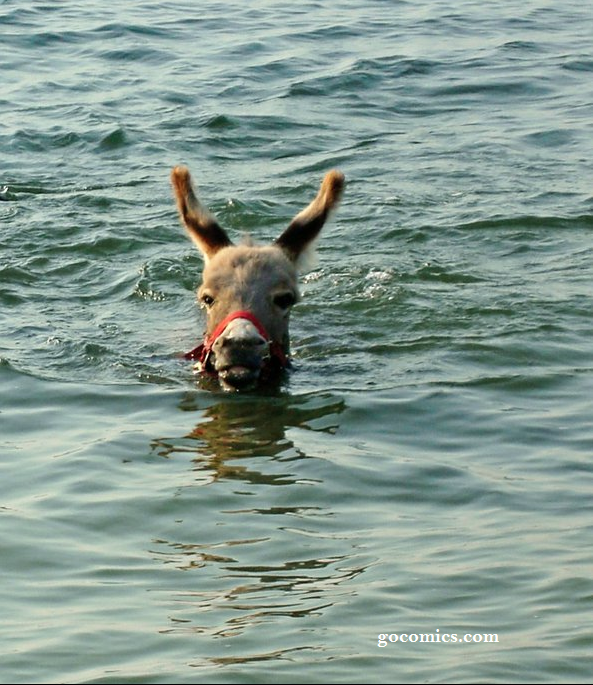Quick Tip 30 - On Winter Wassails
Hello and Welcome to another Kitchen Catastrophe Quick Tip. Today we’re going to continue our Yuletide theme of the last few weeks, and talk about hot drinks for the wintertime, with a particular focus on wassails. What’s a wassail? Glad you asked.
Here we Go a-Wassailing
Longtime readers of the site may remember that last year, when talking about Figgy Pudding, I discussed the medieval methodology of Christmas Caroling: namely, that it was essentially Trick or Treating for Drunk adults in the snow. So, what then, is wassailing? Well, put simply: It’s the predecessor to that, AND also a completely different thing that has the same name, because nothing about Medieval Europe is particularly simple.
Well. some of it was.
First, let’s talk etymology, because I think it’s been at least a few weeks since I had a good Word-nerd rant: Wassail is generally agreed to come from an old Anglo-Saxon greeting “wœs ȡu hœl”, which is one of those sentences that looks super foreign, until you break it down. In modern writing, that would be “was thu hal”, or, to further refine it, “w(i)sh thou hale”. In non-old timey words, “I hope you’re well.” So, a fairly polite and simple way to greet people, just hidden in old-timey letters.
So wassails can be understood as a “(hale/)well-wish”, and that leads to the two things that wassails are: first, they’re a specific, but poorly defined, type of drink. (A mulled hot cider/wine drink) while wassailing, or “well wishing”, tookone two distinct methodologies. The first, as I noted, was the predecessor to caroling, where townsfolk would visit the homes of their feudal lords, offering them a drink from the Wassail bowl in return for some small gifts, and the lord would give those gifts in order to show he was a kind and giving lord, thus lowering the chances of a peasant rebellion.
"Milord, the peasants are revolting!" "I know, but we need someone to pick the vegetables."
The second form was a distinctly more syncretic semi-religious ritual : you would proceed to the apple orchards, and ‘wassail’ the trees, taking slices of bread you soaked in the hot cider, and hanging them on the branches to attract robins, considered the “spirits of good apples” because of their red breasts. You’d sing and make noise to frighten evil spirits, in the hopes that the trees would provide a good harvest the coming year. You’d do all of this on Twelfth Night, the last day of the Twelve Days of Christmas, also known as Epiphany, or January 6, because that was the day the Wise Men came to Mary and Joseph. So it was a ritual held on a Christian holiday to appease Tree spirits. Say what you will of medieval farmers, but they made sure their religious bases were COVERED.
But enough about peasant superstition and religious prattle (and now I definitely sound like a Braveheart villain), let’s discuss Drinks.
Let’s Mull it Over
Earlier, I called wassails a mulled drink. And no doubt, with winter descending on us, you’re seeing more and more mulled cider options appearing in your bars and coffee shops. But what, exactly, is a mulled drink?
No, that's a mule-d drink.
A mulled drink is one that is sweetened, spiced, and typically heated. Mulling spices have a fairly distinct recipe that should be familiar to any holiday season baker: cinnamon, nutmeg, clove, and allspice. For those of you who don’t immediately recognize their spice flavor profiles, that list is the “warm and fuzzy feeling” all-star list. The go-to’s for when you want warmth, but not the heat of ginger, chiles or pepper. Most mulling spices also include orange peel, or raisins, something dried and fruity.
An ancient wassail called Lambswool is made by tossing baked or roasted apples into a bowl (whose tender white flesh would form the “lambs wool”), throwing in mulling spices, and pouring in hot ale.
This is just alcoholic applesauce. I'm beginning to think the peasantry were just hiding how much they drank.
Wassails, and most mulled drinks, have a singular purpose: to combine as many warming elements as possible into one drink. Hot temperature, warm spices, and, often, alcohol. Certainly an option to consider for your holiday libations. And they do their job well.
But let us turn our gaze to another primary contender for best drink for killing the chills, and travel to SOUTH AMERICA.
I’m cuckoo for…Something. I’ve forgotten.
Chocolate, it may surprise you to learn, was a drink long before it was a food. It might not surprise you how valuable and blood-soaked some of its history is.
You try hiding the chocolate from your girlfriend, see how you end up.
Chocolate comes from the cacao plant which is processed to edibility in a manner very recognizable for those familiar with tea production: the plant’s seeds are picked, allowed to ferment, dried, and then roasted into ‘nibs’, much the same way tea leaves are processed before brewing. In ancient times, the nibs were then crushed into a thick paste, which, thinned with water, would be consumed by the elites of the Mesoamerican societies. Why solely the elites? Well, because of another fairly important fact about cacao seeds: so prized were they by the Aztec people, that they were used as a currency. So, in order to MAKE chocolate, you’d have to literally be burning money.
In other words, you'd have to be FUCKING RAD AS HELL.
In fact, famed king of the Aztec Moctezuma pronounced to his people that only “those who went to war” were entitled to drink Chocolate. This rule extended to traveling merchants, since they frequently had to travel through war-torn lands, and also, of course, tribal warriors, who were less “allowed” to eat chocolate, and more “required”, as the drink was a part of their rations, prized for its energizing properties. It was also of religious importance to the Aztecs and Maya, being viewed as the “blood of the land”, and being equivalent to human blood in terms of religious importance and symbolism.
Cocoa Powder: It's like a flesh light, but...don't!
Of course, all of this refers to CHOCOLATE, and not to Cocoa, which is made from a slightly different process. Specifically, the ground paste made by crushing the nibs is separated into cocoa butter and chocolate “liquor” (meaning here just the liquid essence of chocolate.) that is then dried into cocoa powder. There’s more that can be said here about Dutch Cocoa versus natural cocoa, but we’re running out of space for today’s post, so we’ll leave it for another day.
However, that last paragraph was meant to form an important distinction: Hot Chocolate and Hot Cocoa are NOT technically the same drink. To be truly accurate, Hot Chocolate would be a beverage obtained by mixing actual chocolate with hot liquids (typically milk), allowing the chocolate to melt into the drink, while Hot Cocoa referred to a mixture of cocoa powder and hot liquid. Both are fine drinks, with their own strengths and weaknesses: Hot Chocolate is much richer, but takes more effort and precision to prepare, and more quickly separates when cooled. Hot Cocoa is quicker, easier, and less likely to fall apart on you, but loses some of the flavor and strength of its brother. Hot Chocolate is also, for better or worse, more dependent on the chocolate you use, in quality, flavor, and miscibility (how well it actually dissolves).
But whether you drink of the blood of the earth, or sup to your health with a “wish-well” cider, there’s plenty of good hot drinks to keep you moving this holiday season.
NEXT TIME: JON GIVES HIS DEBRIEF OF THANKSGIVING, WITH A COUPLE RECIPES TO SHARE.













